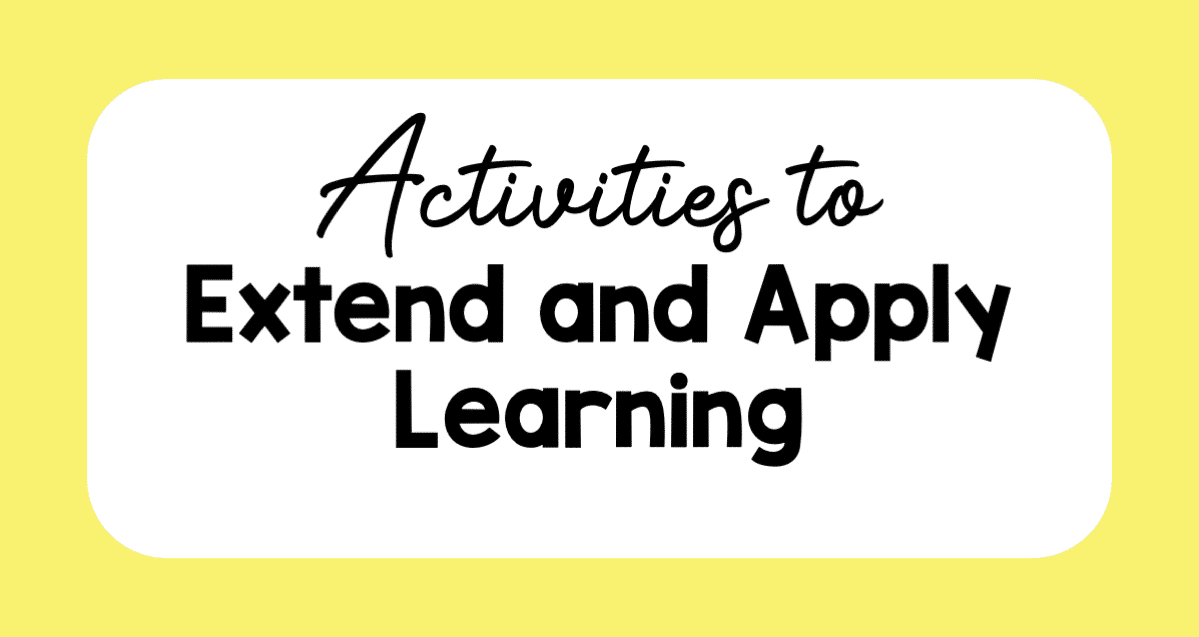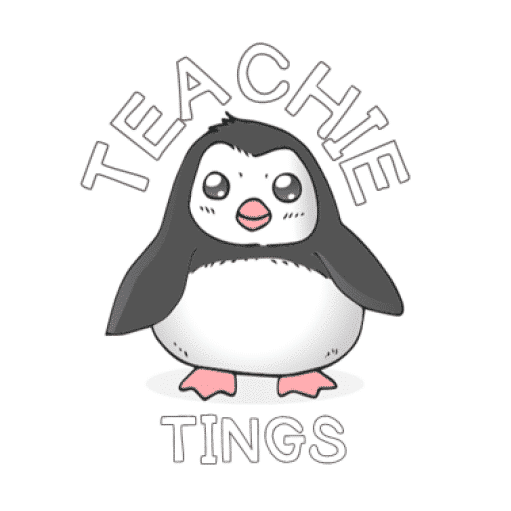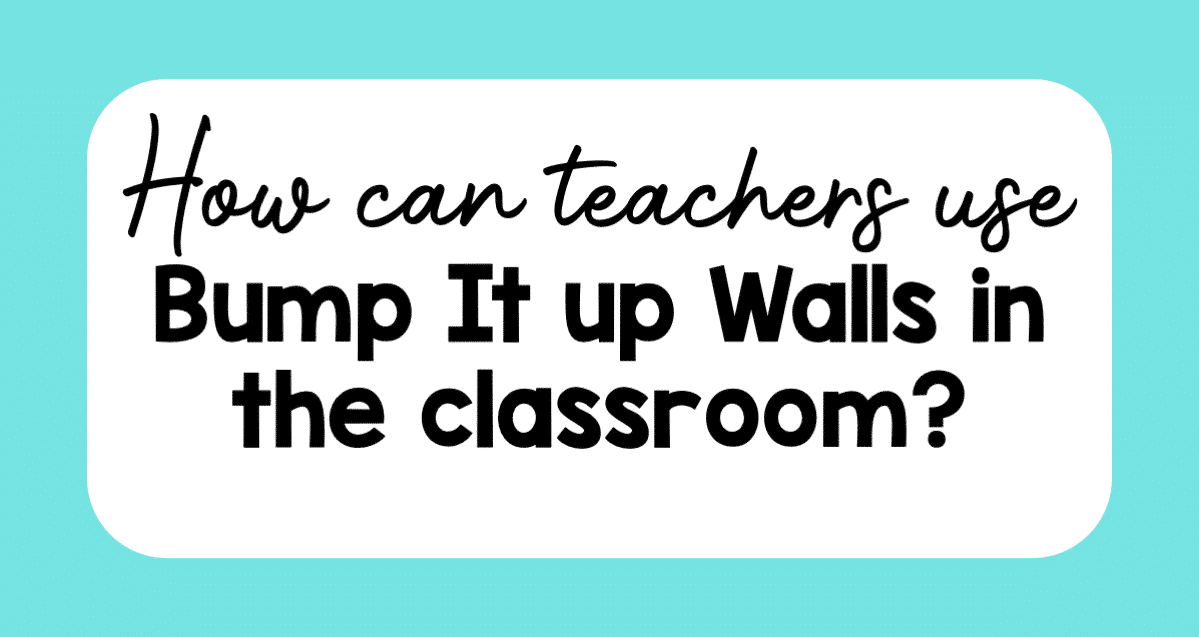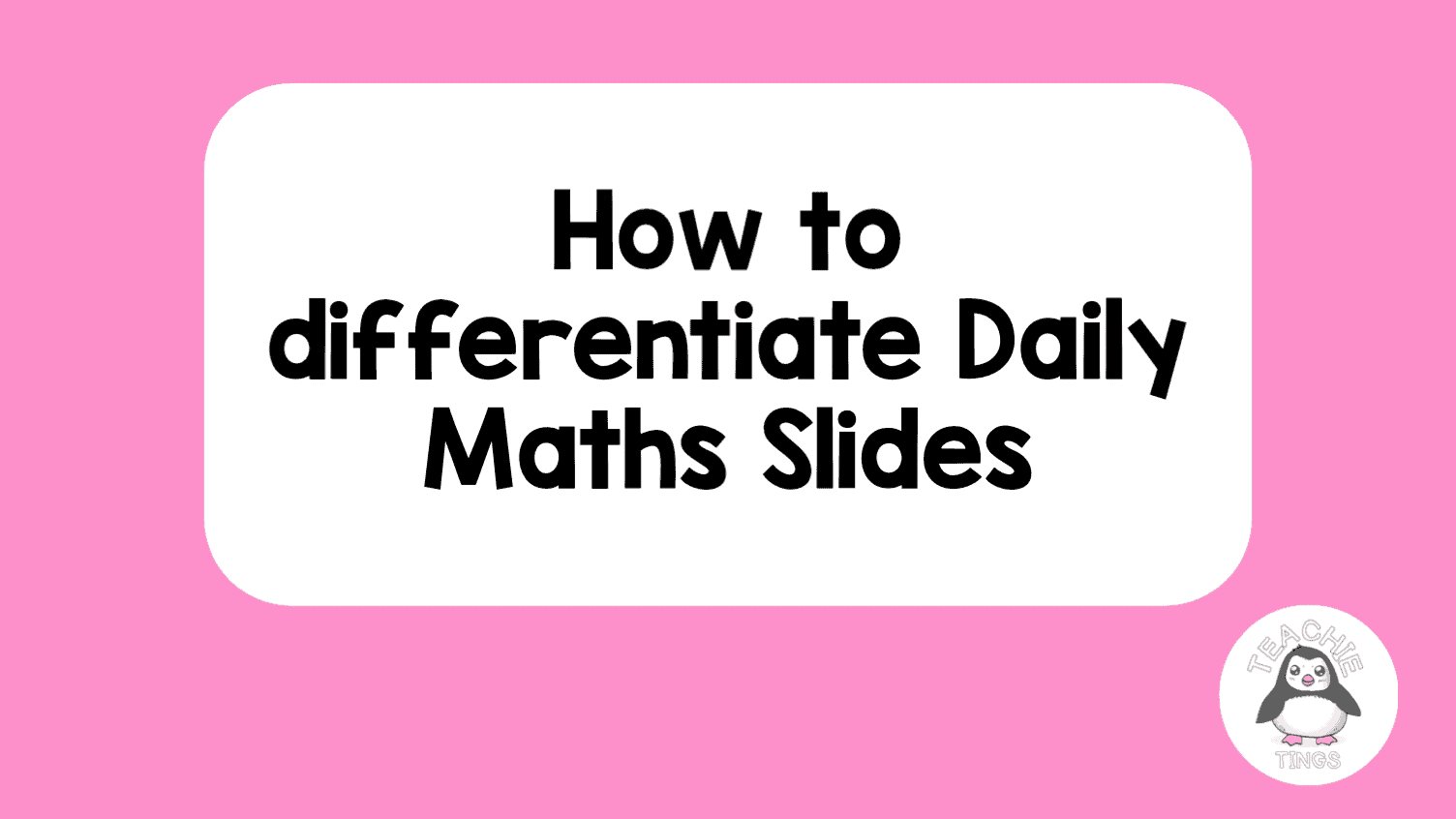
As educators, we are always looking for ways to help our students deepen their understanding and apply their learning in meaningful ways. Traditional teaching methods like lectures and worksheets can only take us so far, which is why it’s important to incorporate creative and engaging activities that allow students to explore their own ideas and […]


